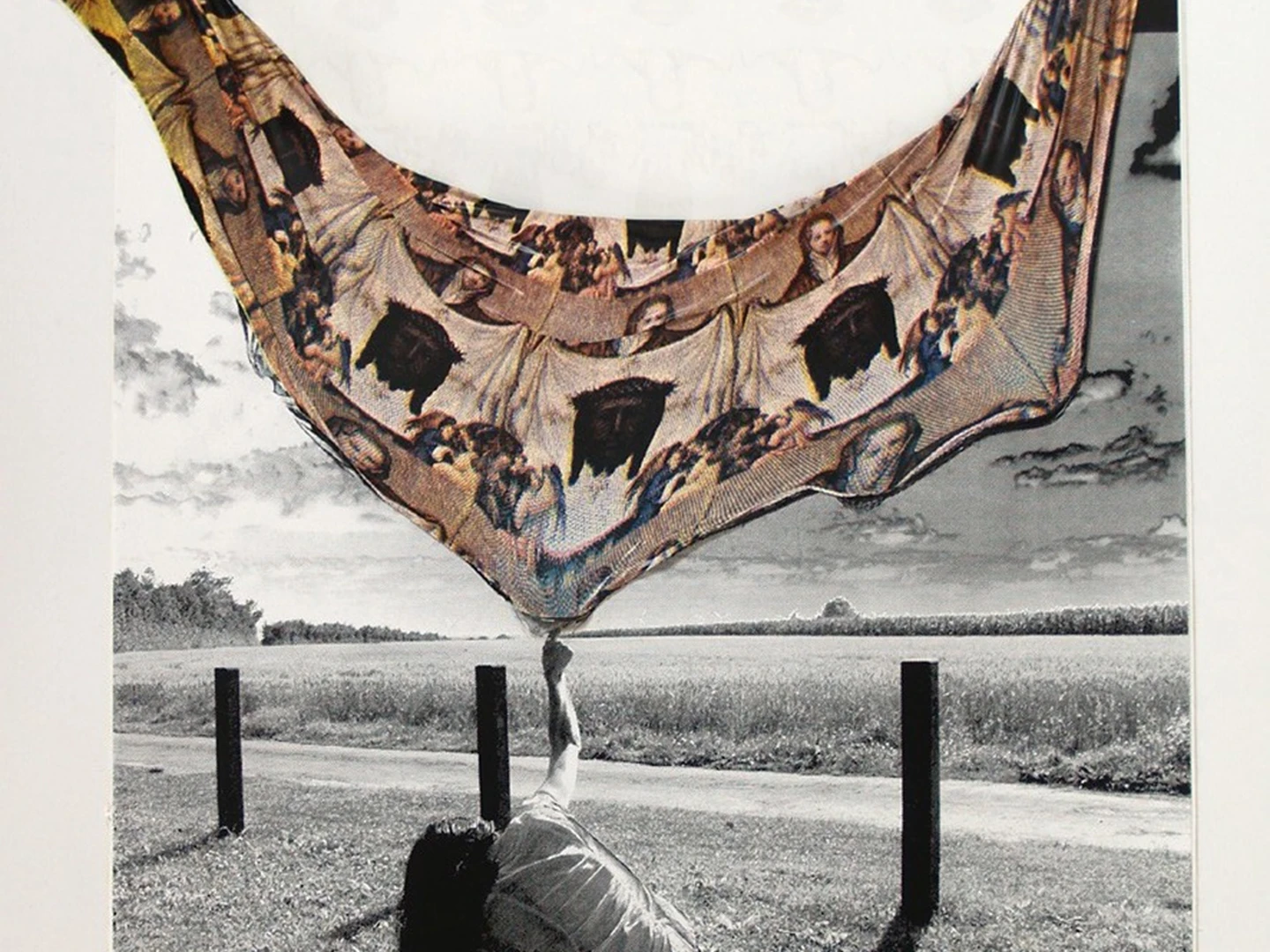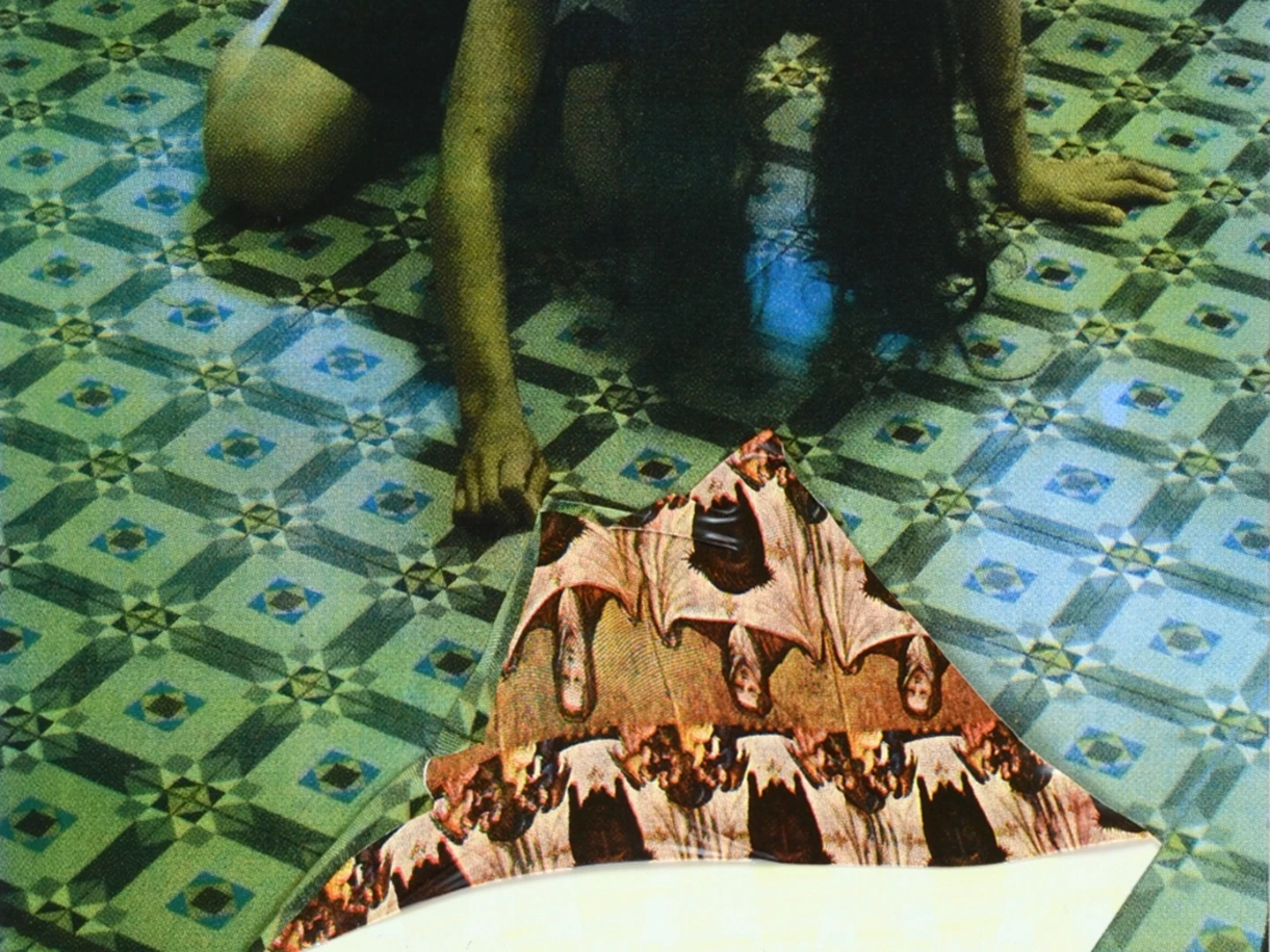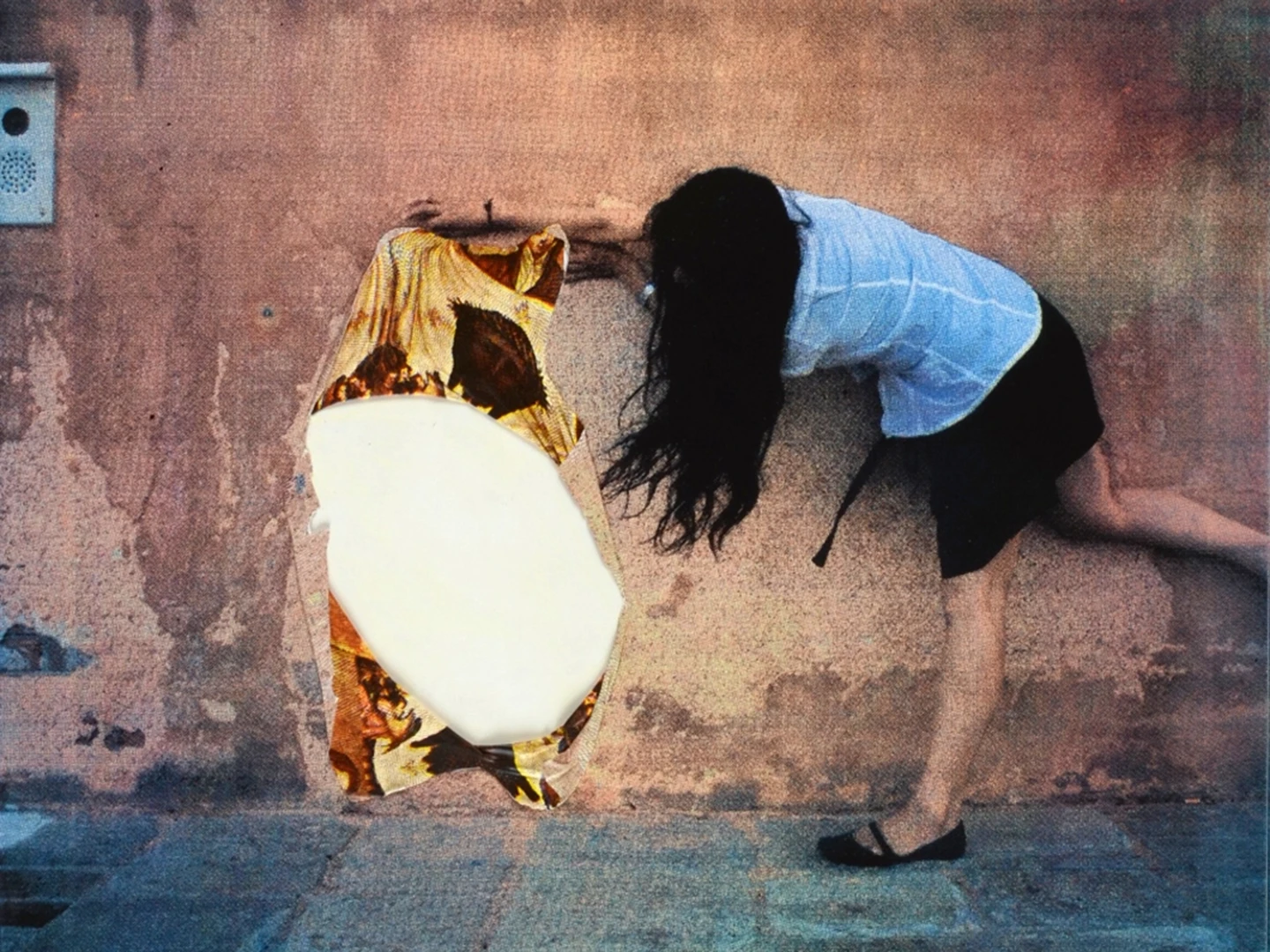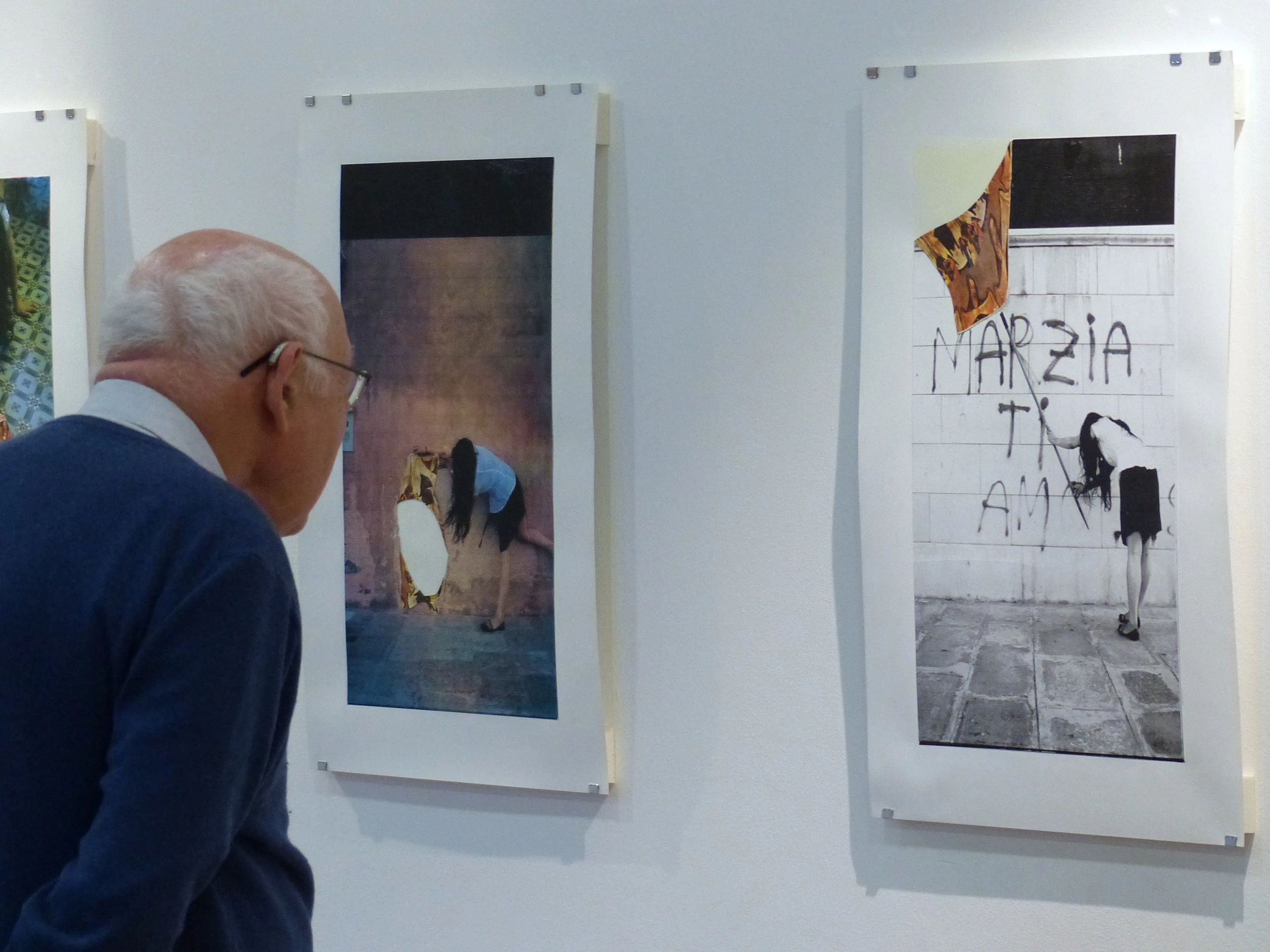Traditionally, images like the Veil of Veronica and Acheiropoieta, revered for their authenticity, are believed to have been created without human touch. These icons have been celebrated for their "authentic" existence. However, modern reproduction techniques, including photography and printmaking, act as mediators between the viewer and reality, bridging the sacred with the profane. These technologies democratize access to once-sacred images, enhancing their accessibility while simultaneously challenging traditional notions of authenticity.




Authenticity and Representation
"Scopophilia" is a semi-three-dimensional artwork that utilizes original silkscreen techniques. It combines photographs of gestures, rich with symbolic meaning, alongside Western religious icons. The piece intricately blends symbolic imagery and motifs of Christ, inspired by The Veil of Veronica. At its heart, it critiques society's idolization of certain images, prompting viewers to consider the dual role of visual representations in both revealing and concealing truths. This creation engages viewers with visuals that profoundly shape our perceptions, emphasizing the power of images to both illuminate and obscure reality. Through its complex design, "Scopophilia" underscores the influential capacity of imagery in shaping cultural and individual identity.